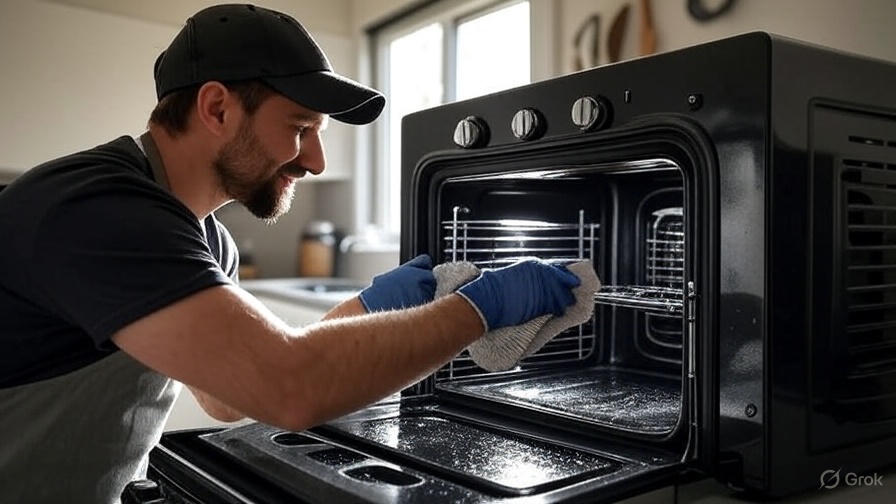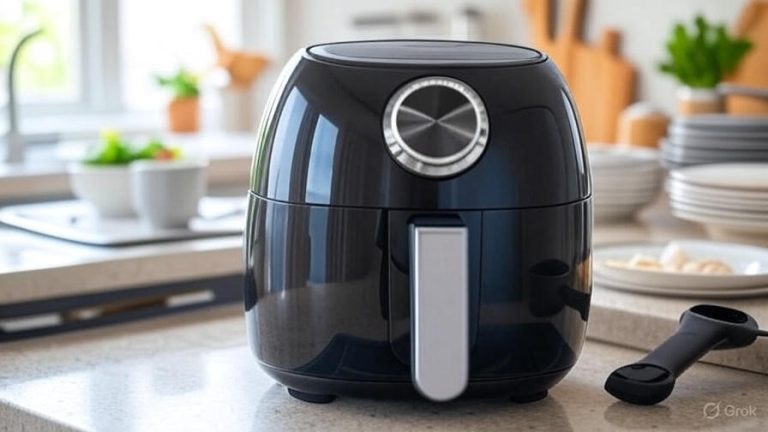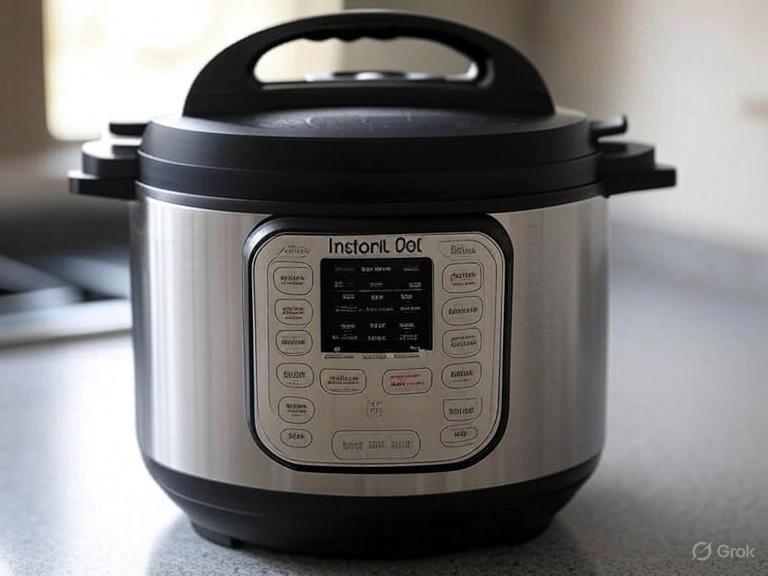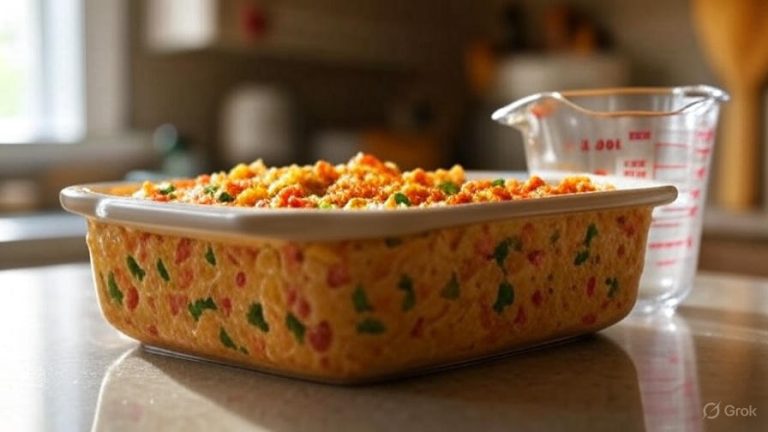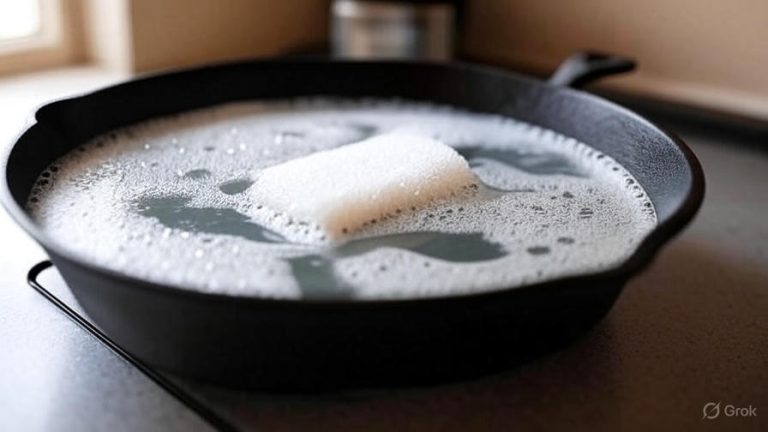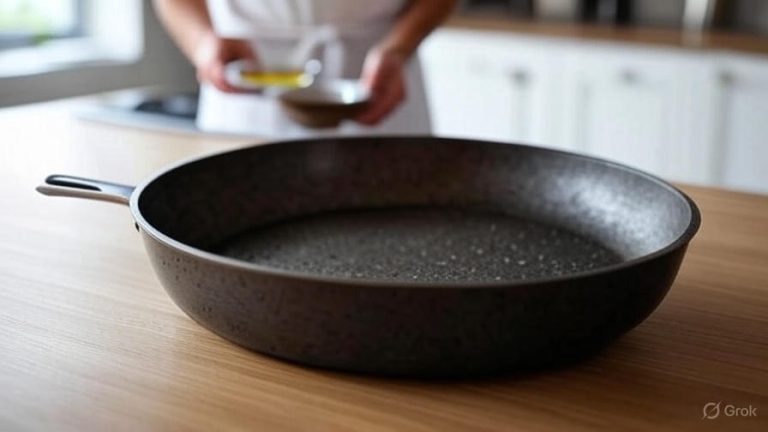How to Clean a Steam Oven?
Steam ovens have revolutionized modern cooking by combining traditional convection heating with the power of steam. These versatile appliances deliver moist, flavorful results while preserving nutrients in your food. However, like any kitchen appliance, steam ovens require regular maintenance to perform at their best.
Proper cleaning ensures your steam oven continues operating efficiently while extending its lifespan. Many homeowners feel intimidated by the cleaning process, but with the right techniques and tools, maintaining your steam oven becomes a straightforward task.
Why Steam Oven Cleaning Matters More Than Regular Ovens
Steam ovens face unique challenges that standard ovens don’t encounter. The constant presence of moisture creates an environment where mineral deposits, food particles, and grease can accumulate more readily. Water minerals leave behind white chalky residue on interior surfaces, while steam can carry food particles to unexpected places within the oven cavity.
Neglected steam ovens develop several problems that affect both performance and food quality. Mineral buildup clogs steam vents, reducing steam output and creating uneven cooking temperatures. Accumulated grease and food debris can produce unpleasant odors that transfer to your meals. In severe cases, blocked drainage systems can cause water to pool inside the oven, leading to potential damage.
Regular cleaning prevents these issues while maintaining optimal cooking performance. Clean steam ovens heat more evenly, produce better steam distribution, and consume less energy during operation. Your food tastes better when cooked in a properly maintained appliance, free from lingering odors and contamination.
Essential Cleaning Supplies for Steam Oven Maintenance
Before starting any cleaning routine, gather the necessary supplies to ensure effective results. You’ll need several basic items that are likely already in your kitchen, along with a few specialized products designed for steam oven care.
Start with microfiber cloths, which excel at capturing mineral deposits and grease without scratching delicate surfaces. Keep separate cloths for different cleaning tasks to prevent cross-contamination. Soft-bristled brushes help remove stubborn buildup from crevices and steam vents without damaging components.
White vinegar serves as your primary weapon against mineral deposits. Its natural acidity dissolves calcium and lime buildup effectively while remaining safe for food preparation areas. Baking soda provides gentle abrasive action for tough stains and helps neutralize odors. Dish soap cuts through grease and food residue when mixed with warm water.
Commercial steam oven cleaners offer targeted solutions for heavy buildup, but read manufacturer guidelines before using these products. Some steam ovens have specific coating requirements that certain cleaners might damage. Always keep your owner’s manual handy to reference approved cleaning products and procedures.
Daily Cleaning Habits That Prevent Major Buildup
Developing simple daily habits dramatically reduces the need for intensive cleaning sessions. After each cooking session, wipe down the interior with a damp microfiber cloth while the oven remains slightly warm. This removes surface moisture and prevents mineral deposits from hardening on interior surfaces.
Empty the water reservoir after every use, especially if you live in an area with hard water. Stagnant water accelerates mineral buildup and can develop bacterial growth over time. Rinse the reservoir with clean water and dry it thoroughly before storage.
Clean up spills immediately after they occur. Steam ovens operate in a moist environment where spills can spread and become more difficult to remove if left unattended. Use a damp cloth to wipe away food particles and liquids as soon as the oven cools enough to safely access.
Leave the oven door open for several minutes after cooking to allow interior moisture to evaporate. This simple step prevents condensation from contributing to mineral buildup and reduces the likelihood of mold or mildew development in humid environments.
Weekly Deep Cleaning Routine for Optimal Performance
Set aside time each week for a thorough cleaning that addresses areas daily maintenance might miss. Begin by removing all removable components, including racks, drip trays, and water reservoirs. These parts require individual attention to remove accumulated residue.
Create a cleaning solution using equal parts white vinegar and warm water in a spray bottle. This mixture effectively dissolves mineral deposits while remaining gentle on oven surfaces. Spray the interior thoroughly, paying special attention to steam vents, door seals, and corners where buildup commonly occurs.
Allow the vinegar solution to work for 10-15 minutes before wiping with a microfiber cloth. For stubborn mineral deposits, apply the solution and let it sit longer, then use a soft brush to gently scrub problem areas. Avoid aggressive scrubbing that might damage interior coatings or seals.
Clean the door glass with the same vinegar solution, then follow with a glass cleaner for streak-free results. Pay attention to the door seal, where moisture and food particles often accumulate. Use a cotton swab dipped in cleaning solution to reach tight spaces around the seal.
Removing Stubborn Mineral Deposits and Scale Buildup
Hard water areas create persistent mineral deposits that require targeted removal techniques. These white, chalky buildups appear on steam vents, interior walls, and glass surfaces. Left untreated, mineral deposits can impair steam circulation and affect cooking performance.
Create a paste using baking soda and water for particularly stubborn deposits. Apply this paste to affected areas and let it sit for 20-30 minutes. The mild abrasive action helps break down mineral buildup without scratching surfaces. Use a soft brush to work the paste into textured areas and crevices.
For severe scale buildup, run a cleaning cycle using a commercial descaling solution designed for steam ovens. Follow manufacturer instructions carefully, as these products require specific dilution ratios and contact times. Never use descaling products not specifically approved for your oven model.
Steam vents require special attention since blockages directly impact cooking performance. Use a thin brush or pipe cleaner to gently clear debris from vent openings. Work carefully to avoid pushing buildup deeper into the vent system. Some models feature removable vent covers that allow easier access for thorough cleaning.
Proper Water Reservoir and Drainage System Maintenance
The water reservoir serves as the heart of your steam oven’s operation, making its maintenance crucial for proper function. Remove the reservoir completely and wash it with warm, soapy water after every few uses. Hard water requires more frequent cleaning to prevent mineral accumulation.
Inspect the reservoir for cracks or damage that might affect sealing. Damaged reservoirs can leak water into internal components, causing expensive repairs. Replace reservoirs showing signs of wear or damage immediately to prevent further problems.
Clean the reservoir connection points where it attaches to the oven. These areas often accumulate mineral deposits that can prevent proper sealing. Use a damp cloth with vinegar solution to remove buildup, then dry thoroughly before reinstalling the reservoir.
Many steam ovens feature automatic drainage systems that require periodic maintenance. Consult your owner’s manual for specific drainage cleaning procedures. Some models require running special cleaning cycles to flush the internal water system, while others need manual drainage and cleaning.
Cleaning Oven Racks and Removable Components
Remove all racks and trays from your steam oven for separate cleaning. These components face constant exposure to food particles, grease, and mineral deposits. Soak heavily soiled racks in warm, soapy water for 30 minutes to loosen stubborn debris.
Use a non-abrasive scrubber to clean rack surfaces, working along the wire direction to prevent damage. Pay attention to rack supports and connection points where grease commonly accumulates. Rinse thoroughly and dry completely before returning racks to the oven.
Drip trays collect condensation and food particles during cooking. Empty and clean these trays after each use to prevent odor development. Some drip trays are dishwasher safe, but check your owner’s manual for specific care instructions.
Water collection systems vary between steam oven models. Some feature removable tanks that require regular emptying and cleaning, while others have fixed systems that need different maintenance approaches. Understand your specific model’s requirements to maintain proper drainage function.
Addressing Common Steam Oven Odors and Stains
Steam ovens can develop persistent odors from accumulated food particles and grease. These smells transfer to subsequent meals and indicate the need for deep cleaning. Begin odor removal by identifying the source, which often originates from hidden grease buildup or food debris in hard-to-reach areas.
Create a natural deodorizing solution using baking soda and water. Place an open container of this mixture inside the oven overnight to absorb lingering odors. For stronger smells, run a steam cycle with a bowl of white vinegar and water to neutralize odor-causing compounds.
Persistent stains require targeted treatment based on their origin. Grease stains respond well to dish soap solutions, while protein stains from meat or dairy need enzyme-based cleaners. Avoid harsh chemicals that might damage interior surfaces or leave harmful residues.
Some stains appear on heating elements or interior walls in areas difficult to reach during regular cleaning. Use a long-handled brush or cloth to access these spots safely. Never attempt to clean heating elements while they’re hot or immediately after use.
Professional Maintenance and When to Call Experts
Certain steam oven maintenance tasks require professional attention to ensure safe and effective results. Internal component cleaning, electrical system checks, and complex drainage system repairs exceed typical homeowner capabilities. Recognize when professional service becomes necessary to prevent damage or safety hazards.
Annual professional maintenance extends your steam oven’s lifespan while maintaining optimal performance. Technicians can access internal components for thorough cleaning and identify potential problems before they become costly repairs. Many manufacturers recommend professional service to maintain warranty coverage.
Signs that indicate professional attention include persistent error messages, reduced steam output despite proper cleaning, unusual noises during operation, or visible damage to internal components. Don’t attempt to repair these issues yourself, as improper maintenance can void warranties and create safety risks.
Keep detailed records of professional maintenance visits and any repairs performed. This documentation helps technicians understand your oven’s history and can be valuable for warranty claims. Regular professional maintenance often costs less than major repairs resulting from neglect.
Troubleshooting Common Cleaning Challenges
Steam ovens present unique cleaning challenges that differ from conventional ovens. Mineral buildup occurs more rapidly in hard water areas, requiring adjusted cleaning frequencies. Monitor your local water quality and adapt cleaning schedules accordingly to prevent excessive accumulation.
Persistent moisture inside the oven cavity after cleaning indicates drainage problems or inadequate ventilation. Check drain systems for blockages and ensure proper door sealing. Excessive moisture can lead to mold growth and component damage if not addressed promptly.
Streaking on glass surfaces often results from using incorrect cleaning products or techniques. Switch to distilled water for final rinses to eliminate mineral spots. Use glass-specific cleaners for the final step to achieve crystal-clear results.
Some cleaning products can damage special coatings found in high-end steam ovens. Always test new cleaners in inconspicuous areas before applying them to visible surfaces. When in doubt, stick to manufacturer-recommended products to avoid costly damage.
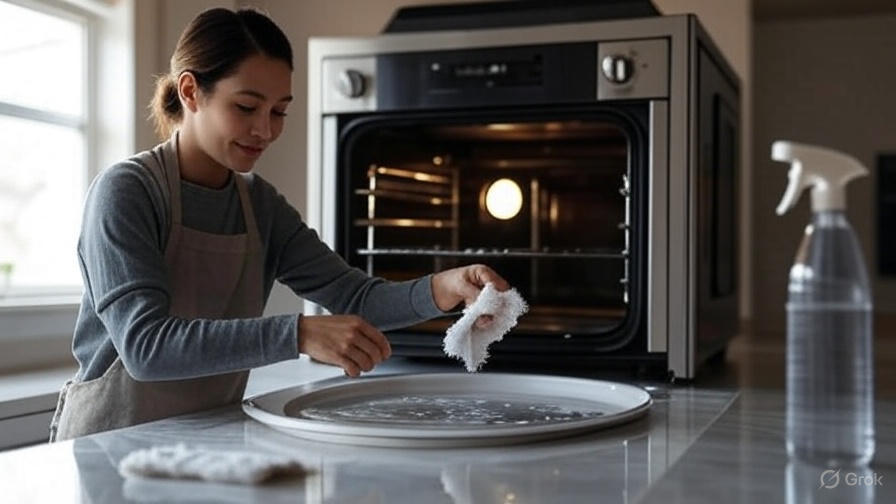
Maintenance Schedule for Long-Term Steam Oven Care
Establish a regular maintenance schedule that addresses both daily upkeep and periodic deep cleaning. Daily tasks include wiping interior surfaces, emptying water reservoirs, and cleaning up spills immediately. These simple steps prevent most major cleaning challenges.
Weekly maintenance involves thorough interior cleaning, rack washing, and detailed attention to seals and vents. Monthly tasks include descaling cycles in hard water areas and comprehensive inspection of all removable components. Annual professional maintenance ensures optimal performance and identifies potential problems early.
Seasonal maintenance focuses on deep cleaning tasks that might be overlooked during regular routines. This includes thorough vent cleaning, drainage system flushing, and detailed inspection of door seals and gaskets. Document maintenance activities to track patterns and identify areas needing extra attention.
Adjust your maintenance schedule based on usage frequency and local conditions. Heavy users need more frequent cleaning, while hard water areas require additional descaling cycles. Monitor your oven’s performance and appearance to determine optimal cleaning frequencies for your specific situation.
Your steam oven represents a significant investment in your kitchen’s capabilities. Proper cleaning and maintenance protect this investment while ensuring consistently excellent cooking results. With these comprehensive cleaning techniques and regular maintenance habits, your steam oven will provide years of reliable service, delivering the moist, flavorful results that make these appliances so valuable in modern kitchens.
Remember that patience and consistency yield the best results in steam oven maintenance. Regular attention prevents major problems and keeps your appliance operating at peak efficiency. The time invested in proper cleaning pays dividends in better-tasting food, lower energy costs, and extended appliance life.

